Refine listing
Actions for selected content:
16950 results
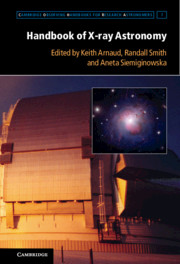
Handbook of X-ray Astronomy
-
- Published online:
- 05 June 2012
- Print publication:
- 29 September 2011
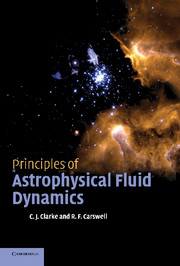
Principles of Astrophysical Fluid Dynamics
-
- Published online:
- 05 June 2012
- Print publication:
- 08 March 2007
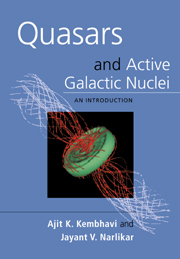
Quasars and Active Galactic Nuclei
- An Introduction
-
- Published online:
- 05 June 2012
- Print publication:
- 11 March 1999
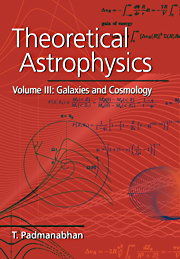
Theoretical Astrophysics
-
- Published online:
- 05 June 2012
- Print publication:
- 14 October 2002
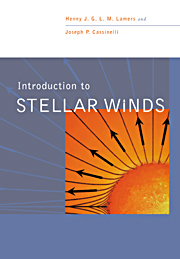
Introduction to Stellar Winds
-
- Published online:
- 05 June 2012
- Print publication:
- 17 June 1999
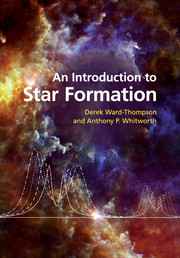
An Introduction to Star Formation
-
- Published online:
- 05 June 2012
- Print publication:
- 10 February 2011
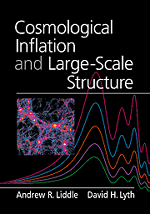
Cosmological Inflation and Large-Scale Structure
-
- Published online:
- 05 June 2012
- Print publication:
- 13 April 2000
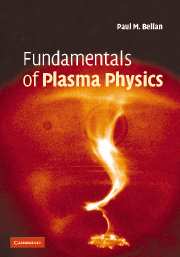
Fundamentals of Plasma Physics
-
- Published online:
- 05 June 2012
- Print publication:
- 06 April 2006
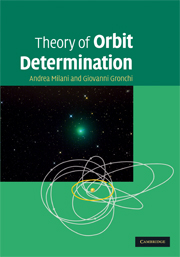
Theory of Orbit Determination
-
- Published online:
- 05 June 2012
- Print publication:
- 12 November 2009
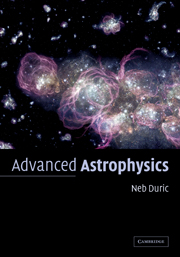
Advanced Astrophysics
-
- Published online:
- 05 June 2012
- Print publication:
- 04 December 2003
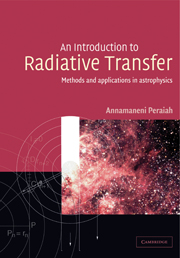
An Introduction to Radiative Transfer
- Methods and Applications in Astrophysics
-
- Published online:
- 05 June 2012
- Print publication:
- 15 November 2001
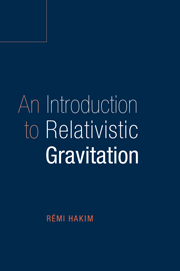
An Introduction to Relativistic Gravitation
-
- Published online:
- 05 June 2012
- Print publication:
- 20 May 1999
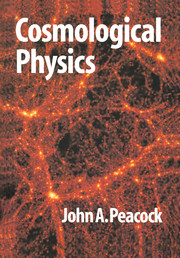
Cosmological Physics
-
- Published online:
- 05 June 2012
- Print publication:
- 28 December 1998
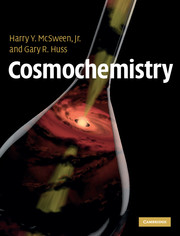
Cosmochemistry
-
- Published online:
- 05 June 2012
- Print publication:
- 29 April 2010
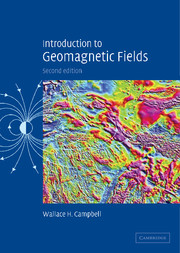
Introduction to Geomagnetic Fields
-
- Published online:
- 05 June 2012
- Print publication:
- 10 April 2003
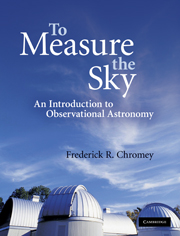
To Measure the Sky
- An Introduction to Observational Astronomy
-
- Published online:
- 05 June 2012
- Print publication:
- 27 May 2010
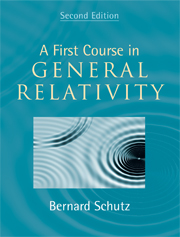
A First Course in General Relativity
-
- Published online:
- 05 June 2012
- Print publication:
- 14 May 2009
-
- Book
- Export citation
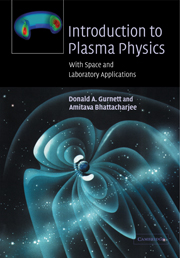
Introduction to Plasma Physics
- With Space and Laboratory Applications
-
- Published online:
- 05 June 2012
- Print publication:
- 03 January 2005

An Illustrated Guide to Relativity
-
- Published online:
- 05 June 2012
- Print publication:
- 09 September 2010
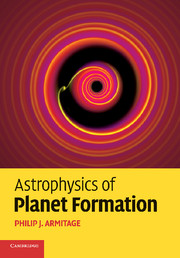
Astrophysics of Planet Formation
-
- Published online:
- 05 June 2012
- Print publication:
- 10 December 2009
